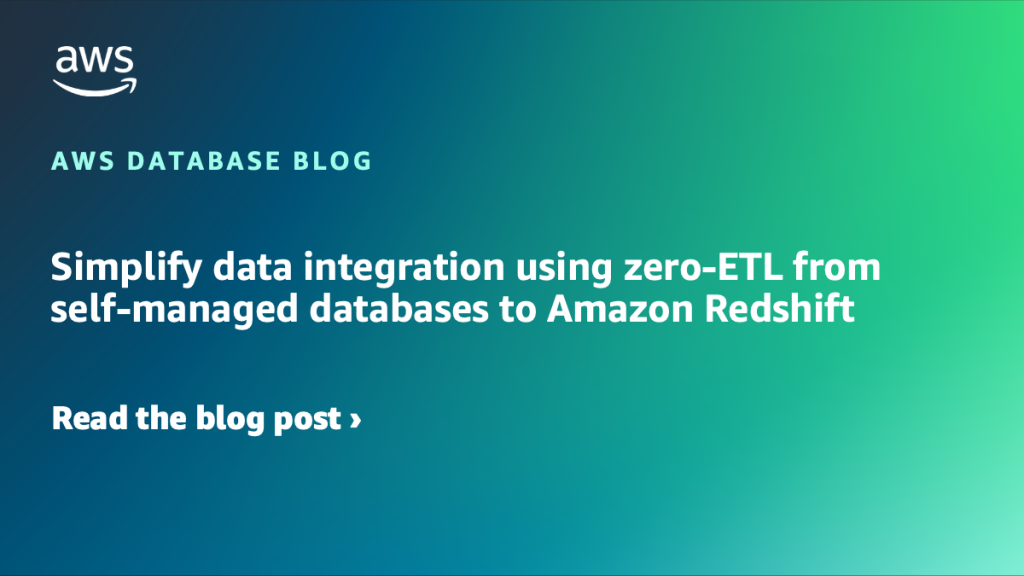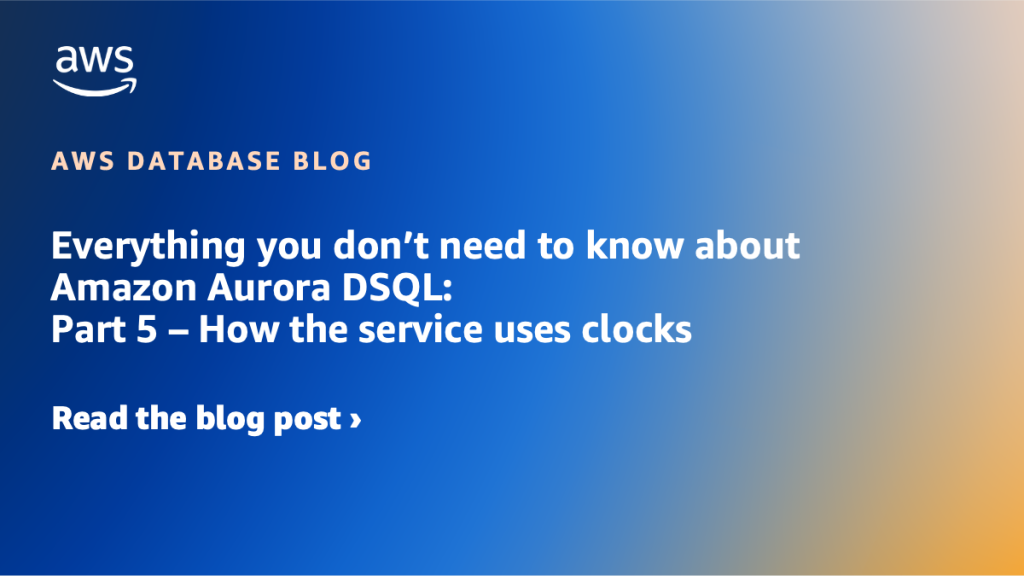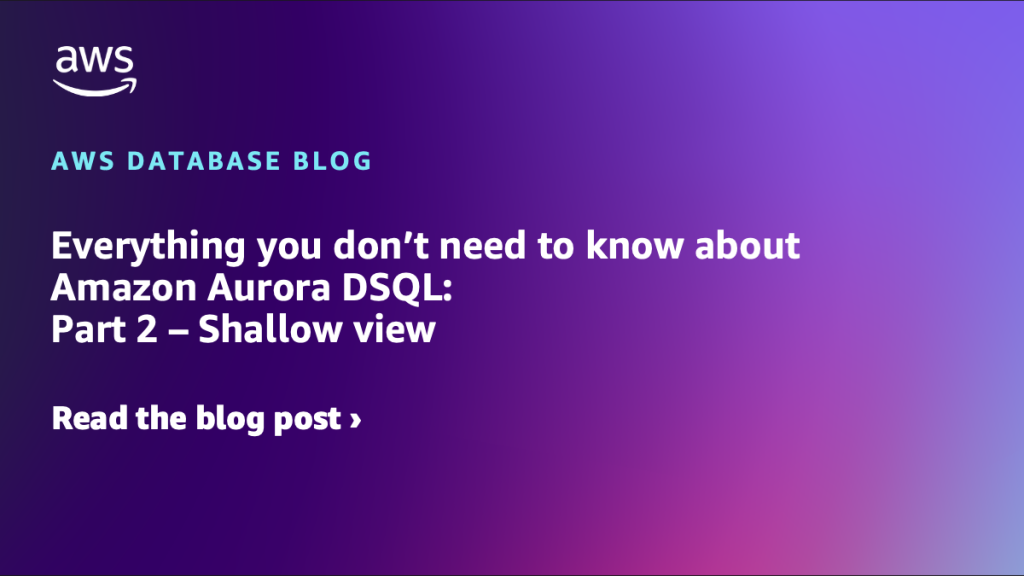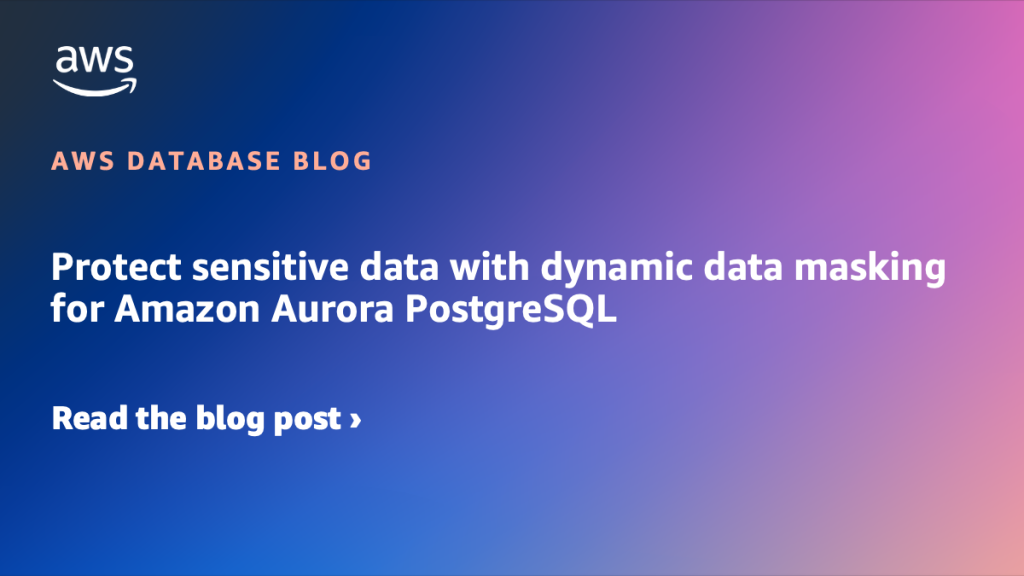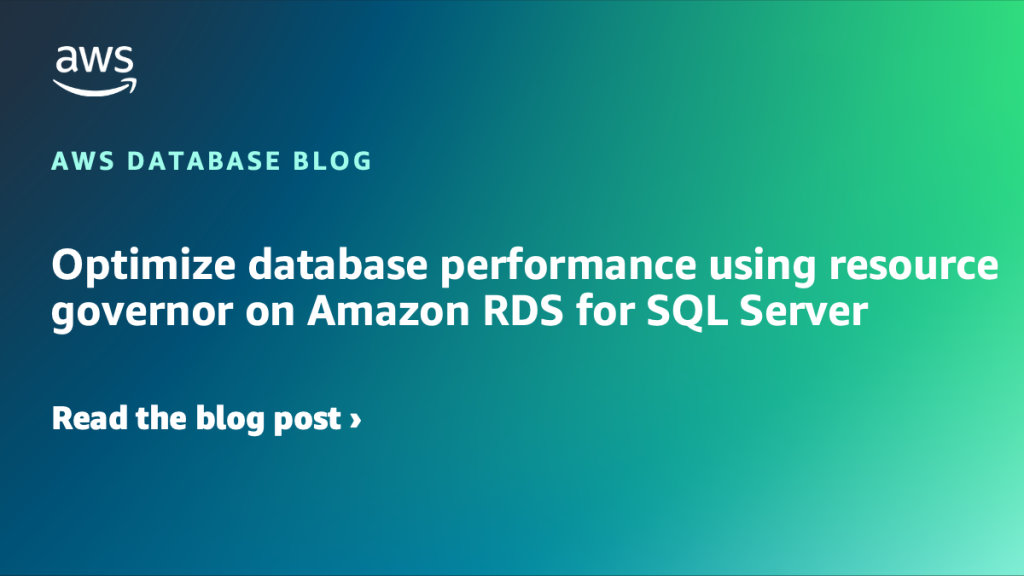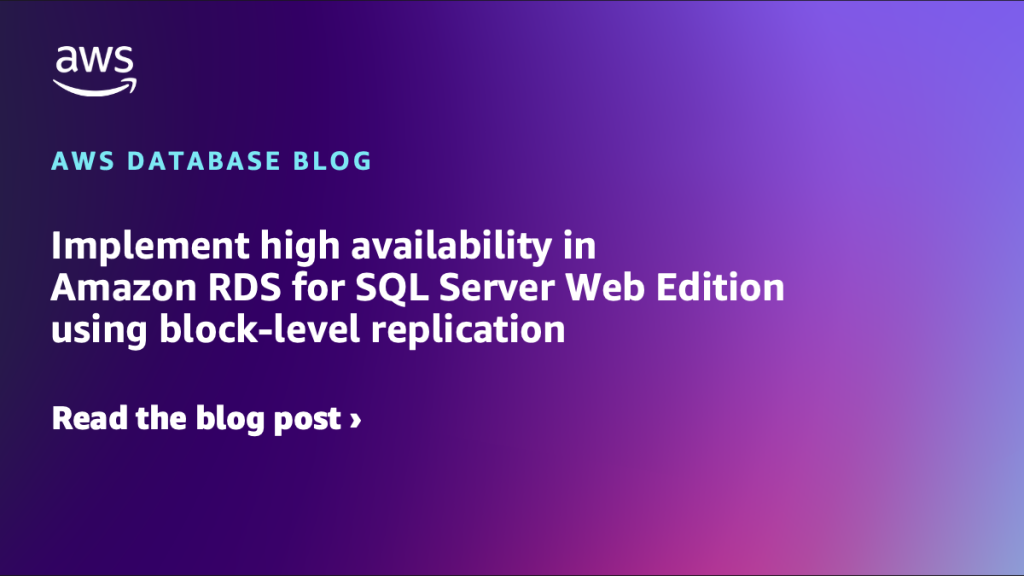AWS Database Blog
Simplify data integration using zero-ETL from self-managed databases to Amazon Redshift
In this post, we demonstrate how to set up a zero-ETL integration between self-managed databases such as MySQL, PostgreSQL, SQL Server, and Oracle to Amazon Redshift. The transactional data from the source gets replicated in near real time on the destination, which processes analytical queries.
Amazon Ads upgrades to Amazon ElastiCache for Valkey to achieve 12% higher throughput and save over 45% in infrastructure costs
Amazon Ads enables businesses to meaningfully engage with customers throughout their shopping journey, reaching over 300 million audience in the US alone. Delivering the right ad to the right customer in real time at a global scale requires highly available, low-latency infrastructure capable of processing tens of millions of requests per second. In this post, […]
Everything you don’t need to know about Amazon Aurora DSQL: Part 5 – How the service uses clocks
In this post, I explore how Amazon Aurora DSQL uses Amazon Time Sync Service to build a hybrid logical clock solution.
Everything you don’t need to know about Amazon Aurora DSQL: Part 4 – DSQL components
Amazon Aurora DSQL employs an active-active distributed database design, wherein all database resources are peers and serve both write and read traffic within a Region and across Regions. This design facilitates synchronous data replication and automated zero data loss failover for single and multi-Region Aurora DSQL clusters. In this post, I discuss the individual components and the responsibilities of a multi-Region distributed database to provide an ACID-compliant, strongly consistent relational database.
Everything you don’t need to know about Amazon Aurora DSQL: Part 3 – Transaction processing
In this third post of the series, I examine the end-to-end processing of the two transaction types in Aurora DSQL: read-only and read-write. Amazon Aurora DSQL doesn’t have write-only transactions, since it’s imperative to verify the table schema or ensure the uniqueness of primary keys on each change – which results them being read-write transactions as well.
Everything you don’t need to know about Amazon Aurora DSQL: Part 2 – Shallow view
In this second post, I examine Aurora DSQL’s architecture and explain how its design decisions impact functionality—such as optimistic locking and PostgreSQL feature support—so you can assess compatibility with your applications. I provide a comprehensive overview of the underlying architecture, which is fully abstracted from the user.
Everything you don’t need to know about Amazon Aurora DSQL: Part 1 – Setting the scene
In this post, I dive deep into fundamental concepts that are important to comprehend the benefits of Aurora DSQL, its feature set, and its underlying components.
Protect sensitive data with dynamic data masking for Amazon Aurora PostgreSQL
Today, we are launching dynamic data masking feature for Amazon Aurora PostgreSQL-Compatible Edition. In this post we show how dynamic data masking can help you meet data privacy requirements. We discuss how this feature is implemented and demonstrate how it works with PostgreSQL role hierarchy.
Optimize database performance using resource governor on Amazon RDS for SQL Server
You can now use resource governor with Amazon RDS for SQL Server Enterprise Edition to optimize your database performance by controlling how compute resources are allocated across different workloads. This post shows you how to optimize your database performance using resource governor on Amazon RDS for SQL Server. We walk you through the step-by-step process of enabling and configuring the feature, including how to set up resource pools, create workload groups, and implement classifier functions for effective resource management.
Implement high availability in Amazon RDS for SQL Server Web Edition using block-level replication
Amazon RDS for SQL Server has enhanced SQL Server 2022 Web Edition by introducing high availability through block-level replication in Multi-AZ deployments. With this release, you can quickly set up and maintain highly available databases while significantly reducing operational overhead. In this post, we discuss the benefits of block-level replication and how to get started. For more information, see Licensing Microsoft SQL Server on Amazon RDS.
